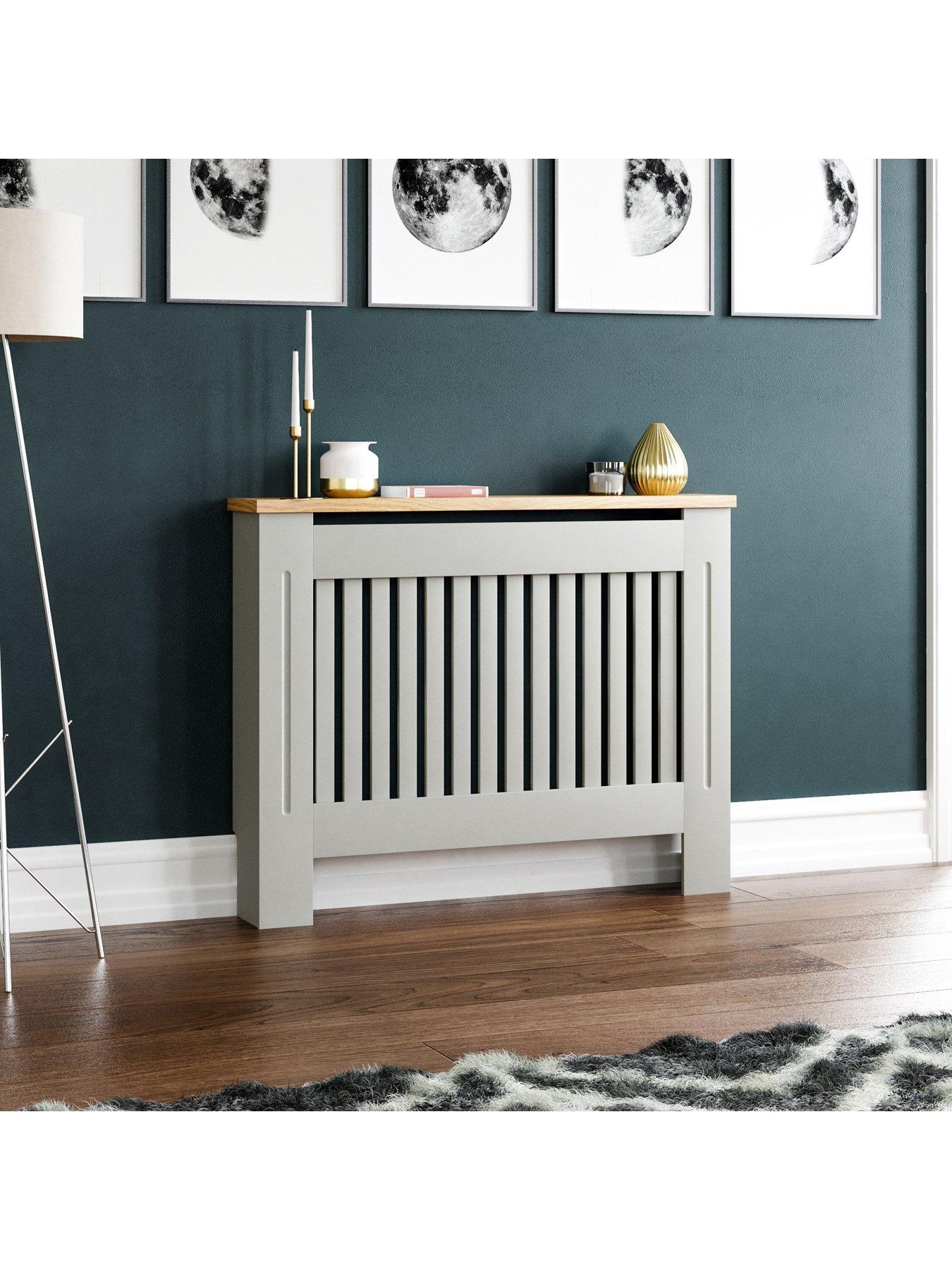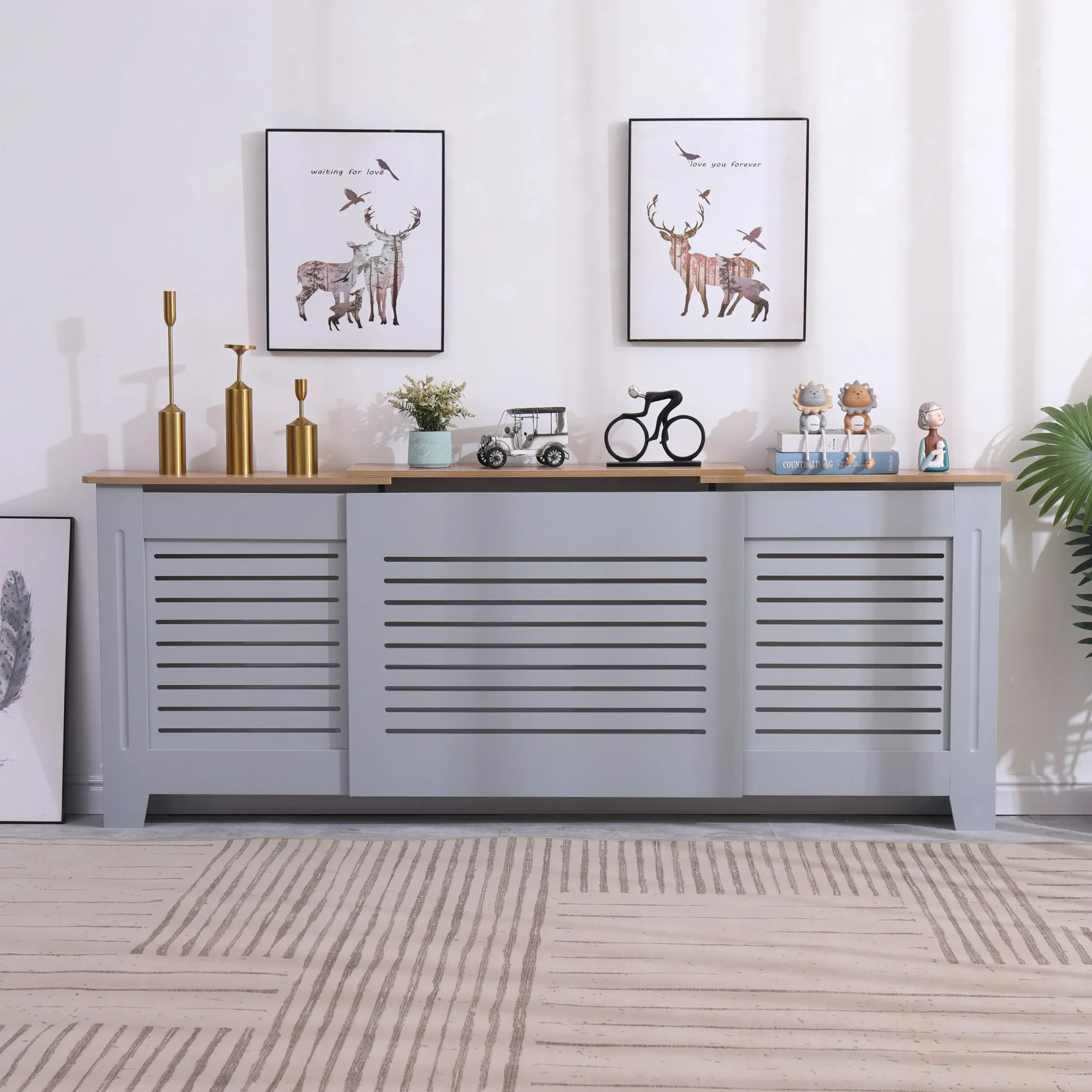Radiator Covers: Understanding Products, Layouts, and Benefits
Radiator covers serve both useful and visual functions within a home, providing a variety of materials such as hardwood, metal, and MDF to match various design preferences. As styles evolveâEUR" from standard to contemporaryâEUR" these covers not just improve the visual appeal of a room but also add to safety and security and energy effectiveness. Nevertheless, choosing the appropriate radiator cover involves recognizing the nuances of materials, styles, and their connected benefits. This expedition elevates critical questions regarding exactly how these components incorporate right into your living environment and what considerations ought to lead your option process.
Types of Products


Wooden covers, often crafted from woods such as oak or maple, give a traditional, warm look that matches typical insides. Their sturdiness and capacity to be stained or repainted contribute to their flexibility. Steel covers, typically made from steel or light weight aluminum, are preferred for their robustness and modern appearance, commonly including streamlined lines that improve contemporary rooms.
MDF, a produced wood product, is popular for its cost-effectiveness and convenience of modification. It can be painted or ended up to match existing decor while providing a smooth surface area. Plastic covers, while much less common, are immune and lightweight to moisture, making them ideal for moist atmospheres.
Inevitably, the selection of product for a radiator cover ought to align with the house owner's design choices, functional requirements, and the specific setting where the cover will certainly be mounted. Each material supplies an unique character, guaranteeing that there is an alternative to suit every preference and setup.
Popular Style Styles
Stressing aesthetic allure, popular layout styles for radiator covers mirror an array of tastes and interior design fads. Traditional layouts frequently include intricate woodwork and ornate detailing, making them ideal for vintage-inspired or timeless insides. These covers generally incorporate carved elements, providing a cozy and inviting feeling to any room.
On the other hand, modern styles concentrate on minimalist looks, characterized by clean lines and understated sophistication. Products such as metal or sleek timber with a smooth finish are commonly used, enabling these covers to blend perfectly right into modern spaces. Industrial designs, on the various other hand, embrace basic materials like revealed metal and concrete, adding a bold declaration to loft or urban settings.
For those seeking an one-of-a-kind touch, bespoke designs provide customization options that accommodate private preferences, making it possible for homeowners to pick shades, patterns, and materials that enhance their style. Additionally, farmhouse-style covers incorporate rustic aspects, including distressed timber and straightforward forms that stimulate a comfy, nation appeal.
Advantages of Radiator Covers
Radiator covers not only enhance the aesthetic appeal of a room yet additionally offer a number of functional benefits that make them a worthwhile enhancement to any home. One of the primary advantages is safety, particularly in families with youngsters or pet dogs. Covers decrease the threat of burns from warm radiator surface areas, guaranteeing a much safer environment.
Furthermore, radiator covers can improve power efficiency. By routing warmth into the room instead of enabling it to get away, they help preserve a consistent temperature level, reducing home heating expenses with time. This is specifically beneficial in older homes where radiator systems may be much less reliable.
An additional significant benefit is sound decrease. Radiators can occasionally create unwanted audios during operation, and covers can assist stifle these sounds, adding to a more calm living area. Radiator covers can be functional, providing added storage space or screen room, thereby maximizing the utility of often-overlooked areas.
Lastly, they can secure radiators from dust and particles, which can hinder efficiency and boost maintenance needs. With these integrated advantages, radiator covers arise as a practical option for a fantastic read improving both the capability and design of any type of home setting.
Setup Considerations
Setting up radiator covers needs mindful factor to consider to make sure both performance and safety (Radiator cover). Analyze the dimensions of your radiator and the surrounding area to make sure a correct fit. Precise dimensions are essential; an ill-fitting cover can block warmth flow or develop safety threats
Next, assess the product of the cover. While timber provides visual appeal, metal options may give better resilience and warmth resistance. Consider the weight of the cover as well; much heavier covers might call for additional support or supports to avoid drooping or damage with time.
Ventilation is one more vital facet. Covers should include appropriate air flow to prevent overheating and preserve efficient home heating. Search for designs with slats or openings that permit heat to flow without blockage.
Furthermore, guarantee try these out that the cover is safely mounted to avoid crashes, specifically in homes with pets or children. Radiator cover. It's recommended to adhere to the producer's installment guidelines closely and, if required, speak with an expert for complex setups
Upkeep and Care Tips
Appropriate upkeep of radiator covers is important for ensuring their durability and ideal efficiency. Regular cleansing is necessary; dirt and debris can build up, blocking airflow and lowering warmth efficiency. Utilize a soft, moist fabric or a microfiber duster to gently clean the surface area, staying clear of severe chemicals that may harm the coating. For repainted or timber covers, consider an appropriate polish or safety finish to keep their appearance.
Evaluate the covers occasionally for indications of wear or damages, such as cracks or peeling off paint. Dealing with these issues promptly can avoid additional damage. Make certain that the covers are safely secured and look for any kind of loosened screws or installations, as resonances from the radiator can loosen them with time.
In colder months, stay clear of positioning heavy things or ornamental items on top of the radiator covers, as this can hamper warmth circulation and create unnecessary anxiety to the structure. Consider seasonal upkeep by eliminating the covers for thorough cleaning and assessment during warmer months when the home heating system is inactive. Embracing these straightforward treatment pointers will certainly enhance the efficiency and visual charm of look at this now your radiator covers, guaranteeing they serve their purpose efficiently for several years ahead.

Final Thought
In recap, radiator covers work as aesthetic and functional enhancements to property areas. The diverse series of materials, including woods, steel, MDF, and plastic, permits placement with different design styles such as typical, modern, industrial, and farmhouse. The advantages of these covers expand beyond safety and security and power effectiveness to consist of added storage space and dust defense. Cautious factor to consider of installation and maintenance more makes sure the longevity and efficiency of radiator covers in any type of home environment.
Radiator covers serve both useful and aesthetic purposes within a home, supplying a variety of products such as mdf, steel, and hardwood to suit numerous style preferences. Choosing the appropriate radiator cover entails comprehending the subtleties of materials, designs, and their connected advantages.Emphasizing aesthetic appeal, preferred layout styles for radiator covers reflect a variety of tastes and indoor design trends.Radiator covers not only boost the visual allure of a space yet likewise use a number of practical benefits that make them a rewarding addition to any kind of home. Think about the weight of the cover as well; larger covers may need additional assistance or reinforcements to avoid drooping or damage over time.